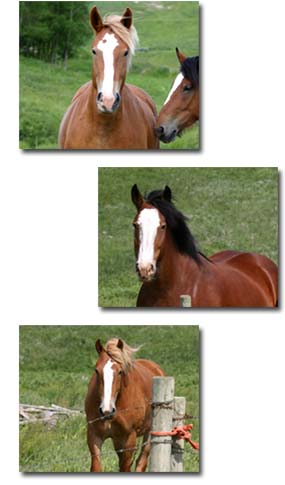Osteoplastic Periostitis
 This is more particularly a chronic process, and is, as the suffix 'plastic' indicates, associated with bone-forming changes in the membrane. It may occur as a consequence of slight but continued irritation, often without ascertainable origin, or it may be the sequel of acute disease.
This is more particularly a chronic process, and is, as the suffix 'plastic' indicates, associated with bone-forming changes in the membrane. It may occur as a consequence of slight but continued irritation, often without ascertainable origin, or it may be the sequel of acute disease.In this form of periostitis the membrane is again swollen and more vascular than in health, and is also easily separable from the bone. The exposed bone is generally rough, in some cases even spicular, and the inner layer of the removed membrane is rough and gritty to the touch—characters imparted to it by numerous minute fragments of bone that have been torn away with it from the more compact osseous tissue beneath.
The results of an osteoplastic periostitis are frequently met with in the bones of the foot, and are described by veterinary writers under such headings as 'Pedal Exostoses,' 'Ossifying Ostitis,' and 'Pedal Ossification'. In many of these cases the disease is purely chronic, and the original cause nearly always wanting. When the foot has been subjected to laminitis of some weeks' duration, the same condition is also met with, being at the same time associated with rarefactive osteoplastic ostitis, conditions which we shall shortly describe.
Cases we have examined have undoubtedly shown this condition of osteoplastic periostitis, the rarefactive and osteoplastic changes in the bone itself, met with in older cases, occurring no doubt as a result of non-expansion of the horny box. So far as we are able to ascertain, there is every reason to believe that in chronic laminitis the accompanying periostitis leads to the formation of bone, and would, if it were possible, lead to increase in the size of the os pedis.
If proof were wanted of this, it is only necessary to point out the increased growth at points where resistance is nil — namely, along the upper margin of the bone. However, increase in size elsewhere is prevented by the resistance of the hoof, so that, as the boneforming process progresses, as it inevitably must under the inflammatory changes going on, it is, as it were, compensated for by rarefaction or bone-absorption changes occurring simultaneously with it.